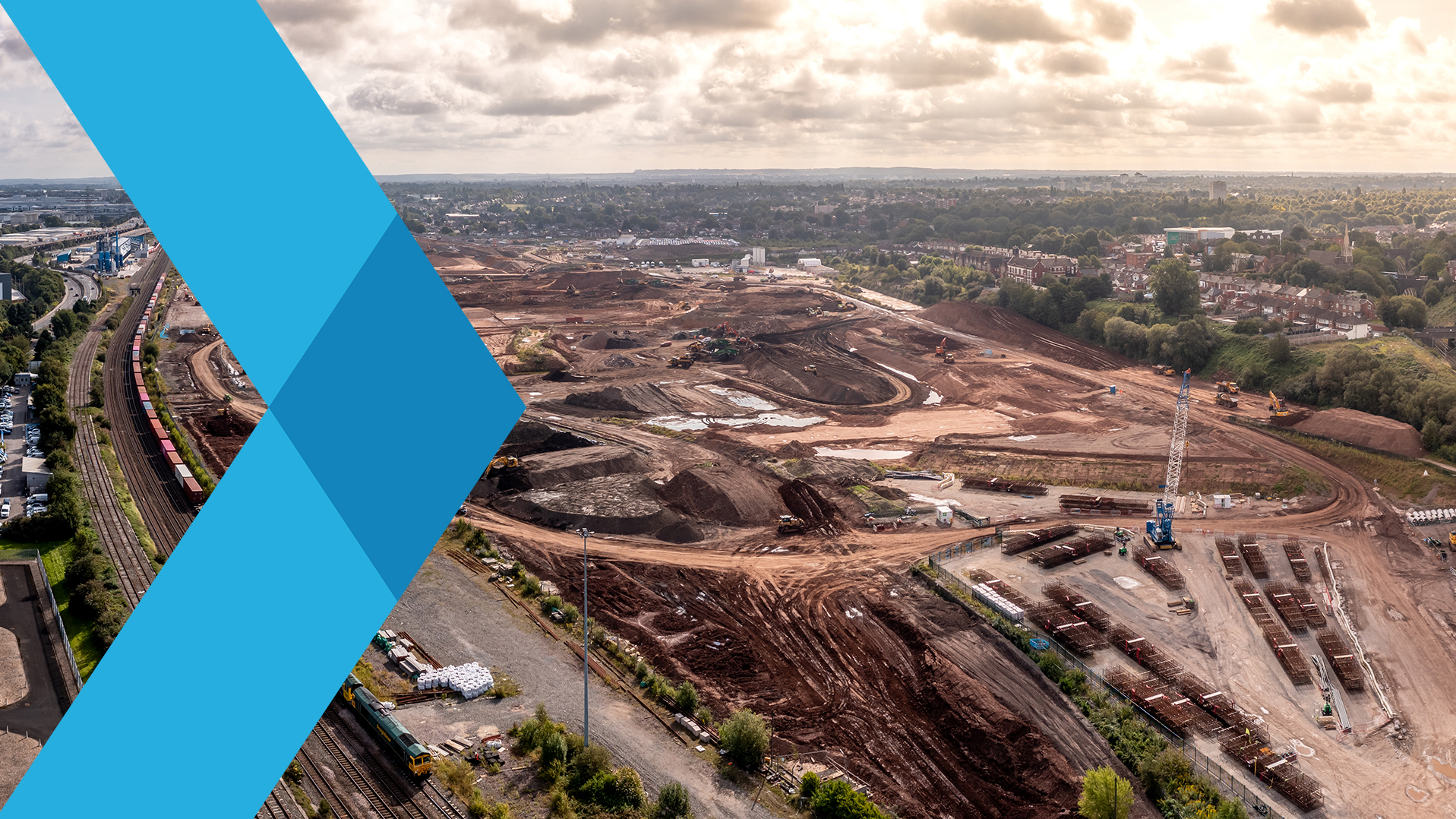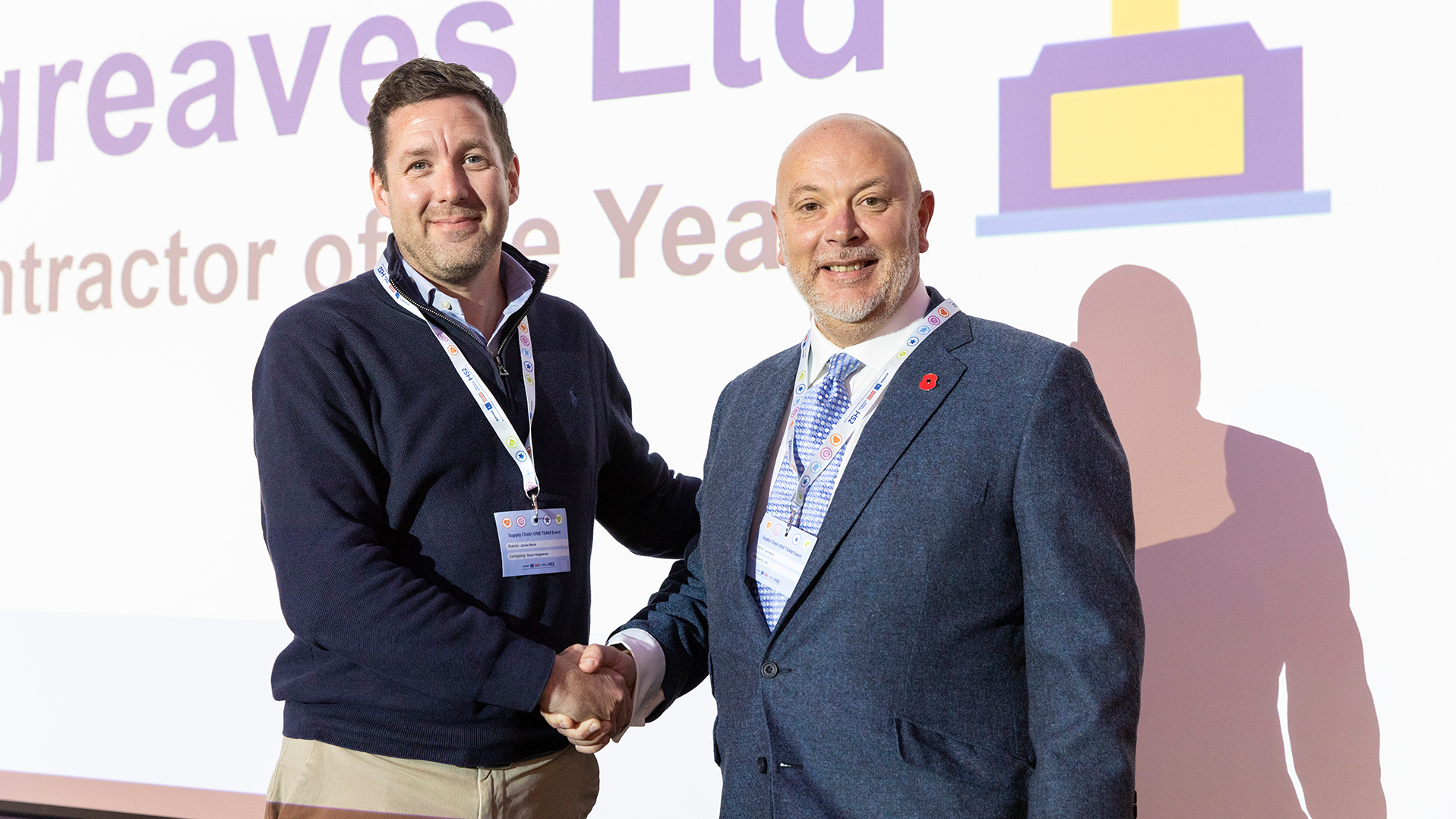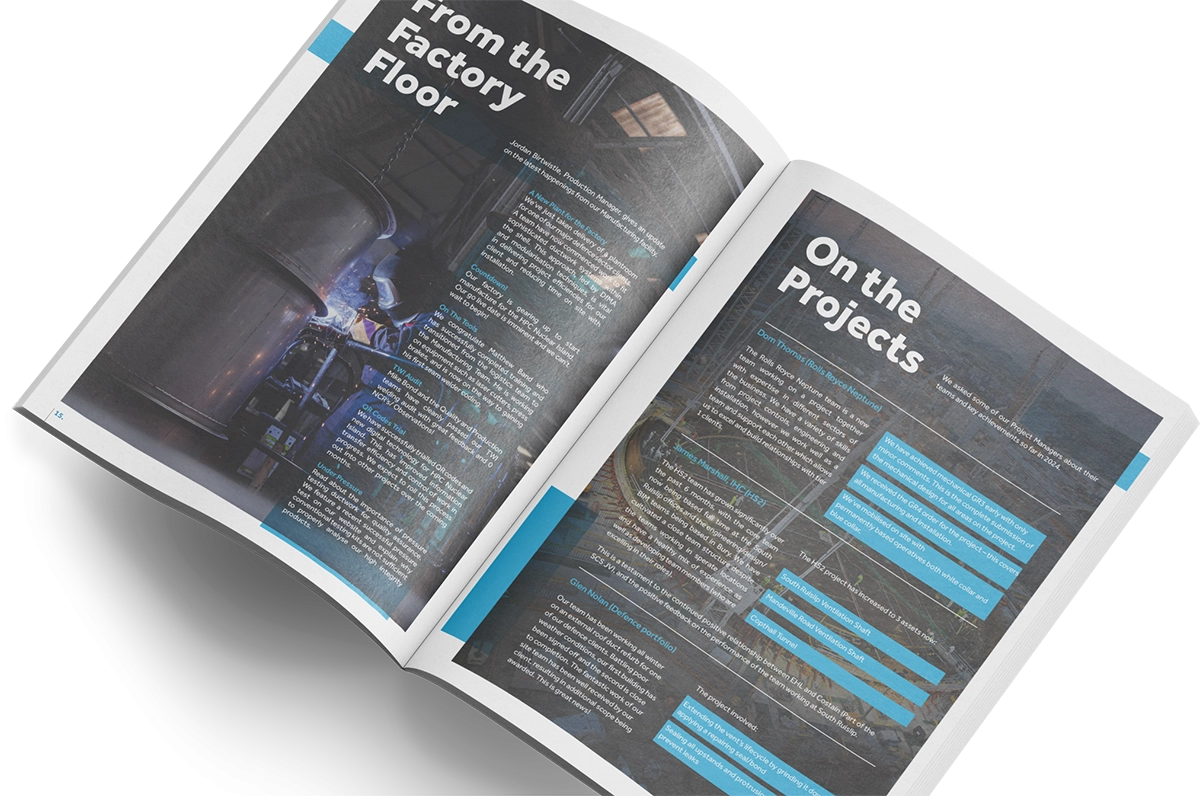Managing commercial change in HS2 (High Speed 2) requires careful handling of complex financial, operational, and political factors. Given its scale as the UK’s flagship high-speed rail project, HS2 faces many challenges. These range cost overruns and project delays to environmental concerns and political scrutiny. Managing these commercial changes effectively is crucial to ensure the project’s success and long-term viability.
Cost Control and Budget Management
HS2 has faced significant public scrutiny over cost overruns. Effectively managing commercial change involves maintaining strict oversight on budgeting and spending. Cost control mechanisms like real-time financial tracking, audits, and value engineering (optimizing costs without sacrificing quality) are essential.
A major part of controlling costs lies in managing contracts with suppliers and construction companies. Renegotiating contracts where necessary, improving procurement processes, and ensuring transparency in the supply chain can prevent further cost inflation.
Adapting to Political and Regulatory Shifts
HS2 is highly political, with changes in government policy or leadership potentially influencing its direction. The management must maintain flexibility to adapt to shifts in political support, ensuring that communication with policymakers and key stakeholders is constant and transparent. This helps build resilience against political shifts that could affect funding or timelines.
Compliance with Regulatory and Environmental Standards
As the project progresses, HS2 must stay compliant with evolving regulations related to environmental sustainability, safety, and labour laws. This includes minimizing disruption to communities, ensuring biodiversity protection, and addressing public opposition in areas affected by construction. Managing these regulatory changes while keeping the project on track is a key challenge.
Sustainability and Environmental Considerations
Sustainability is a major focus for HS2, and incorporating green technologies is critical. This includes ensuring that the rail system itself is as energy efficient as possible (e.g., through electrification) and using renewable energy sources in construction and operations.
Reducing Environmental Impact
HS2 faces significant opposition due to its impact on local ecosystems, wildlife, and landscapes. As part of managing commercial change, the project team must continuously reassess the environmental impact and adopt new methods to minimize harm. This could involve more sustainable construction practices, carbon offset programs, and incorporating nature restoration initiatives.
Supply Chain and Contractor Management
HS2 is reliant on a vast and complex supply chain involving multiple contractors. Ensuring resilience in this supply chain is essential to avoid project delays. This involves diversifying suppliers, managing potential disruptions (such as those caused by geopolitical factors or economic downturns), and fostering strong relationships with key contractors.
Structuring contracts with built-in risk-sharing mechanisms can ensure that suppliers and contractors are more accountable for delays and budget overruns. Performance-based contracts can help align incentives between HS2 and contractors, ensuring that project goals are met on time and within budget.
Technology and Innovation
Using digital construction and management tools, such as Building Information Modelling (BIM), helps manage complex engineering and infrastructure projects like HS2. These tools enable real-time updates on construction progress, financials, and risks, allowing for more agile management of commercial changes.
HS2 must constantly explore new methods to increase construction efficiency. Innovations such as modular construction, 3D printing of parts, and advanced tunnelling techniques can accelerate project timelines while reducing costs and environmental impact.
Operational Scalability and Futureproofing
As HS2 progresses from construction to operational phases, managing the commercial shift from development to operations will be crucial. This requires a long-term focus on ensuring that the rail infrastructure can be scaled to meet future demand, and that ticket pricing and service levels are commercially viable while remaining accessible to the public.
High-speed rail is rapidly evolving, and HS2 must be future-proofed against technological advances in rail technology, such as hyperloop systems or next-generation autonomous trains. Integrating the potential for future upgrades and innovations into the existing infrastructure is vital to maintain the long-term value of HS2.
Project Timeline Management
Delays have been a recurring issue for HS2, largely due to unforeseen complexities and budget overruns. Effective timeline management requires the regular review of project timelines and the flexibility to re-prioritize certain phases. Using agile project management techniques can help keep the project on schedule while accommodating necessary changes.
Implementing HS2 in phases (as planned with Phase 1 between London and Birmingham, followed by subsequent phases) helps manage commercial change by spreading costs over time and reducing the risk of larger-scale delays. Each phase can be reassessed and optimized based on learnings from earlier stages.
Risk Management and Contingency Planning
Proactive risk management is essential to managing commercial changes in HS2. This involves identifying potential risks, such as financial, political, environmental, and supply chain-related challenges, and developing contingency plans. Regular risk assessments and scenario planning are necessary to minimize disruptions.
With a project as large as HS2, unexpected changes are inevitable. Ensuring that contracts, timelines, and budgets are built with flexibility allows for adjustments when risks materialize without jeopardizing the entire project.
Maximising Economic and Social Value
One of the primary goals of HS2 is to promote economic growth outside of London by connecting cities in the Midlands and North of England more effectively. Ensuring that this economic promise is delivered upon will help justify the project’s costs and encourage continued investment.
HS2 will create thousands of jobs, both directly and indirectly. Managing commercial change in this context means ensuring that these jobs contribute to long-term regional skills development. Working with educational institutions and apprenticeship programs can create a skilled workforce that benefits the rail industry for years to come.
Sustainability of Funding and Financing Models
HS2’s budget demands sustainable long-term funding strategies. Exploring innovative financing models, such as private investments, government bonds, and land value capture, can help reduce reliance on public funds.
Engaging with investors and demonstrating the long-term financial viability of HS2 is critical. Maintaining transparency in budget forecasts, economic impact assessments, and long-term profitability will help secure ongoing financial support.
Conclusion
Managing commercial change in the HS2 project involves navigating a highly complex environment of financial pressures, political dynamics, regulatory changes, and stakeholder concerns. Success hinges on strict cost management, sustainability efforts, stakeholder engagement, and operational innovation. By maintaining flexibility, embracing cutting-edge technology, and proactively addressing challenges, HS2 can deliver long-term economic and social value while navigating the evolving commercial landscape.








